Want to increase your chances of getting pregnant? Mastering ovulation tracking is a powerful step toward pregnancy and a deeper understanding of your reproductive health because it helps you to understand your fertile days each month.
My own path to conception was a lesson in this: after 18 months of fruitless attempts, switching to a fertility monitor illuminated my cycle’s secrets, leading to a successful pregnancy. The real issue? A lack of insight into my unique rhythm, not infertility itself. Yet, not everyone needs high-end tech.
Our goal? To streamline your journey to make this process simpler for you, frind. The ideal ovulation tracking approach varies—what’s best for you depends on your body, situation, resources, and more.
Here, we’ve gathered everything to help you pinpoint the best ovulation tracking method for you, including what might not work. Let’s dive in.
Why Trust Us?
This article is a collaboration between Katy Huie Harrison, PhD, a seasoned fertility and women’s health advocate, and Samantha Radford, PhD, an expert in Chemistry and Public Health and our Resident Health Scientist.

This site contains affiliate links, meaning that we earn a small commission for purchases made through our site. We only recommend products we personally use, love, or have thoroughly vetted.
Understanding Ovulation Tracking
Ovulation is the crux of fertility, opening a short window for conception each month. When you ovulate, an ovary releases a mature egg, and you’re only fertile for 12-24 hours after ovulation. That’s why tracking ovulation can greatly enhance your conception odds, and it’s beneficial for all—whether you have regular cycles or they’re unpredictable. Here’s what cycle tracking offers:
- A deeper understanding of your body and hormones, fostering self-empowerment and enabling informed discussions with healthcare providers.
- The ability to spot irregularities, such as inconsistent periods that could indicate conditions like PCOS.
- Knowledge of your peak fertility times for planning or preventing pregnancy.
Tracking reveals your body’s rhythms, with each cycle enhancing your understanding. While few methods to track can promise instant ovulation prediction, understanding the different methods—and their learning curves—will equip you to better predict your fertile window.
Pro Tip: It takes time for the sperm to travel to the egg. To conceive, you want to have sex or inseminate before or during ovulation.
What Are the Different Ways to Track Ovulation?
There are 7 primary ways to track ovulation, with each having their strengths and weaknesses. In the graphic below, we give a brief, easy-to-read overview. Then keep reading for all the details, including the pros and cons of each.
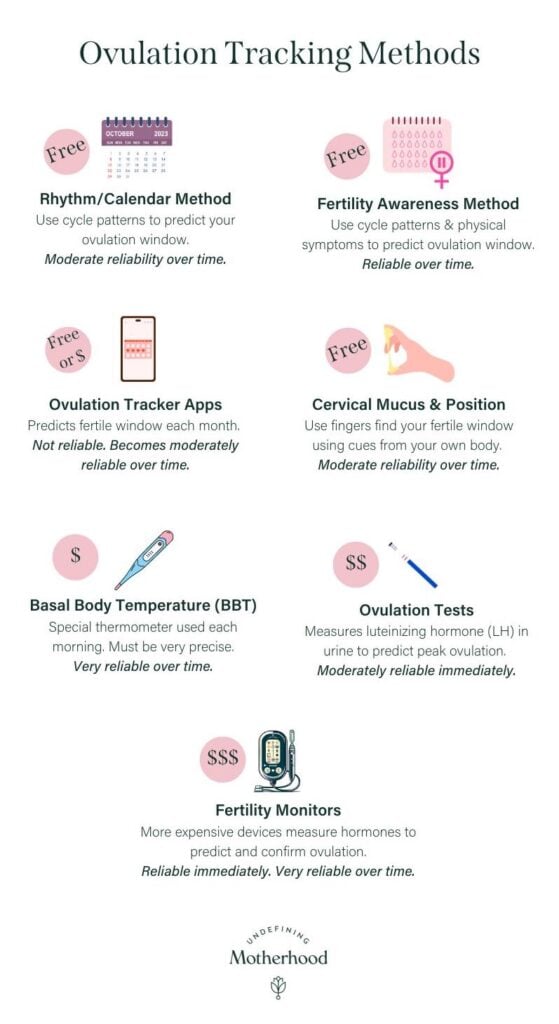
How to Track Ovulation: Choosing the Best Method for You
Now that you’ve got a better idea of what each method looks like at a glance, let’s take a deeper dive to really understand which ovulation tracking method is the best fit for you.
Rhythm Method (also called Calendar Method)
This method relies on past cycle patterns to estimate ovulation, using either paper or an app. You note your period dates, then subtract 14 days from your cycle start to pinpoint ovulation.
The drawbacks are clear:
- It’s retrospective, not predictive—you need half a year’s data for forecasting.
- It presumes a 14-day luteal phase, which varies.
But don’t fret—we’ll guide you on confirming if that’s accurate for you.
Fertility Awareness Method
The Fertility Awareness Method (FAM) is a natural family planning system in which you track your body’s symptoms, gathering clues from three main signs—your basal body temperature, the feel of your cervical fluid, and how your cervix is positioned—to let you in on your body’s fertility status.
Here’s the scoop:
- Basal Body Temperature: This is your body’s chill-out temp. With a special thermometer, you’ll notice a tiny but telling temperature increase that whispers, “Hey, ovulation just happened.”
- Cervical Fluid: Think of it as nature’s slip ‘n slide for sperm. FAM teaches you to spot the good stuff—usually clear and stretchy or creamy—that means sperm can swim smoothly towards an egg.
- Cervical Position: When you’re in your fertility window, your cervix is basically rolling out the red carpet—getting soft, high, open, and wet to welcome sperm.
By tracking these signs, you get the inside track on your 3-6 fertile days each cycle, which is prime time for baby-making magic. But let’s be clear–it takes time to learn, and lots of tracking, so you aren’t likely to conceive immediately.
Ovulation Tracker Apps
In the digital age, fertility tracking has gone high-tech with apps galore. Glow, Fertility Friend, Ovia—you name it, they’ve got a way to log your cycle and predict your ovulation like a personal fertility forecast.
These apps are super user-friendly, letting you record everything from your basal body temperature (BBT) to the consistency of your cervical mucus. The more you tell them, the more they fine-tune their predictions to your body’s rhythm.
The upside? Most are free or won’t break the bank. They fit neatly into your routine, making them a solid starting point for those just dipping their toes into the ovulation tracking pool.
The flip side? Patience is key, as these apps need a few cycles to get up to speed with your unique patterns. They can’t confirm an LH surge or that ovulation occurs—it’s more about educated guesses. Plus, remember you’re sharing intimate details with the internet, so consider your comfort level with digital privacy.
Cervical Mucus Method
During your fertile window, your cervical mucus transforms into a slippery substance that’s super sperm-friendly. Keep an eye on your cervical mucus, and you’ll notice it changing into what’s called “egg white cervical mucus” (EWCM)—that’s your body rolling out the red carpet for sperm. You’re aiming for that stretchy, clear mucus that’s the VIP pass for sperm to zip through to your egg.
Fun fact: you cervical mucus also has a different pH when you’re fertile than during the rest of your cycle, with fertile vaginal pH jumping from an average 4.5 to a whopping 7 so it can support sperm health.
Ready to play detective with your cervical mucus? Some people produce so much fertile cervical mucus that they can collect it from their panties. Others have to go searching. Here’s the step-by-step guide to getting up close and personal:
- Wash your hands. We’re talking clean, not a hint of bacteria—because no one invited UTIs to this party.
- Dry hands completely—any extra moisture is just going to confuse things.
- Place your middle finger inside your vaginal canal and gently reach for your cervix—if you hit a sort of firm, roundish barrier, congrats, you’ve found it.
- Collect the mucus on your finger.
- Remove your finger and touch it against your thumb.
- Stretch the mucus between your thumb and finger. If it’s stretchy, clear, and resilient, that’s your fertile mucus.
Basal Body Temperature (BBT) Tracking
Basal body temperature (BBT) is your body’s resting temp and can really support tracking ovulation when trying to conceive. It’s a subtle shift—think minute, not monumental. You won’t spot it with just any thermometer; you need a BBT-specific one. Keep it bedside, and take your temp immediately upon waking in the morning before your feet even hit the floor. Record it in an app or paper chart.
This routine unveils a tiny but telling spike in temperature post-ovulation, caused by the hormone progesterone. A steady rise can signal ovulation.
But while this method is budget-friendly and reliable, we need to be clear about its drawbacks. First, it confirms ovulation; it doesn’t predict it. So it takes a few months of really getting to know your cycle for this method to support your efforts to conceive. Also, you have to be very regimented to make it work, taking your temperature at the exact same time each morning before getting out of bed, talking, or even taking a sip of water.
Ovulation Tests / Ovulation Predictor Kits
OPKs are a budget-friendly, straightforward tool for ovulation tracking, but most of them come with some serious limitations. There is one, though, that we LOVE, so stick with us.
The process? Pee on a stick (yes, it’s that simple) starting about a week into your cycle, then match the test line to the control line using your morning sample. A matching darkness signals an LH surge—nature’s heads-up that you’re hitting peak fertility and ovulation is imminent. But be warned–determining If the pink line is actually the darkest it will get can become next-level obsessive.
Matching dark lines typically means it’s prime time for baby-making efforts. However, it’s not one-size-fits-all—just look at my experience. Despite positive tests, I was missing my true fertile window because my body’s cues were unique. A positive OPK can also give false hope to someone who’s actually experiencing anovulation.
That’s why the only OPK we recommend is the Proov Predict & Confirm Ovulation Kit. It takes it up a notch by measuring progesterone, giving you a clearer yes on ovulation. Further, if you don’t get the sustained progesterone rise you’re looking for during the luteal phase (the last half of your cycle), you’ve learned some essential information you can take to your doctor for immediate support.
Use code “Undefining” to get 20% off at proovtest.com.
Fertility Monitors
Fertility monitors are the next level of high-tech conception aids. If they align with your budget, they can be a game-changer—as they were for me. After a prolonged journey with apps and OPKs, I took the leap into fertility monitoring, which, frankly, revolutionized my path to pregnancy.
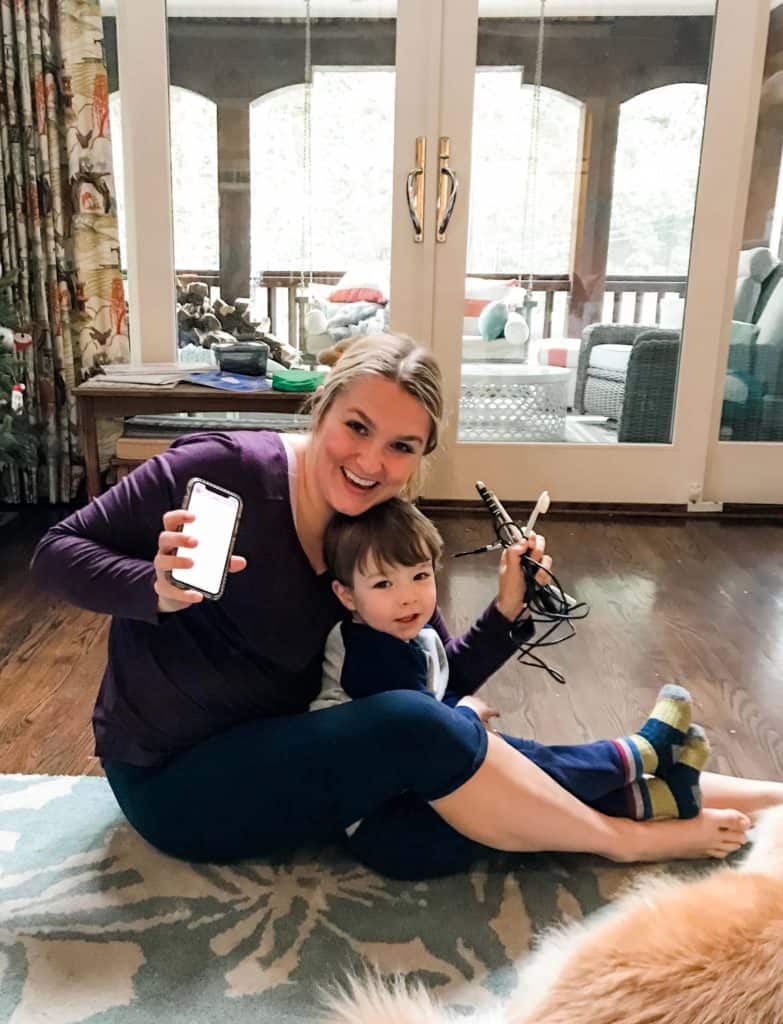
Despite the model I used being off the market, there’s a plethora of advanced monitors that do more than track—they teach. With one, I found success much more swiftly, understanding my cycle’s unique rhythm beyond what standard methods revealed.
While I can’t promise identical outcomes, my endorsement comes from personal victories and a deeper cycle insight. These monitors might be especially transformative if your cycle deviates from the textbook 28 days.
Now, there’s an abundance of devices out there, and we’ll give you a super quick overview.
- Kegg (my top pick of expensive monitors because it’s based on cervical fluid, which is excellent for accuracy. That said, I don’t love the kegel bell. Most of our pelvic floor muscles are too tight and we actually don’t need to be doing kegels.)
- Mira (I don’t love that you have to buy new test strips each month. If I’m going to pay the price tag for a fertility monitor, I’d rather get everything I need at once.)
- Daysy (easy to use, but it’s really just BBT tracking in fancy form)
- Inito (just like Mira, I don’t like that you pay for an expensive monitor and then have to buy extra strips each month.)
Each offers a window into your fertility with cutting-edge precision. They’ve made strides in just a few years and are worth exploring for those on the TTC journey.
But if I were doing it now, I’d skip the high-tech monitor and use Proov Predict & Confirm because I know it would’ve caught the same issue I eventually found, and hormonal measurements are really the easiest way to track ovulation reliably. Plus I love that you get a record of your progesterone throughout your luteal phase, which can be great info to take to your doctor!
Comparing Ovulation Tracking Methods
What if Ovulation Tracking doesn’t work?
For some women, it’s possible you’ll discover an inconsistent cycle. It’s also possible you’ll be confident about when you ovulated, but you still will go for months without getting pregnant.
Dr. Samantha Butts of Penn Medicine recommends talking to your doctor if you’re unsuccessful in your attempts to conceive after:
- 1 year trying to conceive for women under the age of 35
- 6 months trying to conceive for women 35 or older
If you have unique circumstances, like fibroids, polycystic ovary syndrome (PCOS), or very irregular periods, Dr. Butts says that you can talk to your doctor immediately to determine whether you need to see a fertility specialist.
Ovulation Tracker FAQs
There are various ways to track ovulation, but the most common are using apps, ovulation test strips, basal body temperature, tracking cervical mucus, or using a high-tech fertility monitor.
Every woman’s cycle is different, but with the ideal, “perfect” cycle, you will ovulate 14 days after the beginning of your period.
To track your basal body temperature, use a special basal body temperature thermometer first thing every morning before getting out of bed. Log your results either on paper, a spreadsheet, or in an app on your phone.
The most accurate way to track ovulation is with your doctor. The most accurate at-home method is to use a fertility monitor in combination with basal body temperature testing. Some fertility monitors inherently test your BBT and do not require that extra step.
Most major ovulation tracking devices currently on the market have strong research to demonstrate their accuracy, but because most do not confirm ovulation, it can be hard to know personally whether results are accurate for you. For that reason, we feel the most comfortable with Ovusense, which provides data to confirm ovulation occurred after-the-fact, allowing you to better understand your own cycle and how to best use the technology for your needs.
Many people use ovulation tracking devices like a basal body temperature thermometer, a low-tech but highly accurate option to learn about your cycles month after month. Cervical mucus can also provide insight into your cycle and when you can expect to ovulate.

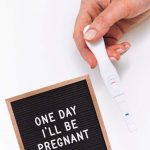
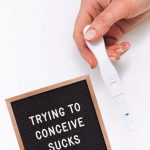






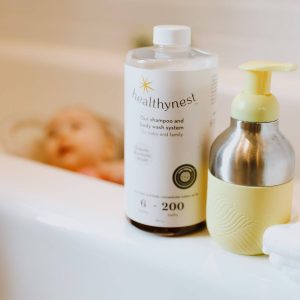





I use a combination of tracking my BBT and checking cervical mucus. I also sometimes check my cervix position and firmness, but that’s secondary. To check cervical mucus I just check what is at the opening of the vagina or even what’s on the TP when I wipe rather than sticking my fingers up there. It also makes it easier to check several times a day as there may not be any CM first thing in the morning but later there is.
Ive used the cheap LH test strips at times but they can show a positive for LH surge and you not ovulate (this happened multiple times while I was breastfeeding before my cycle returned to normal), so I think they should be used in conjunction with temp charting to confirm whether ovulation actually happens after the LH surge.